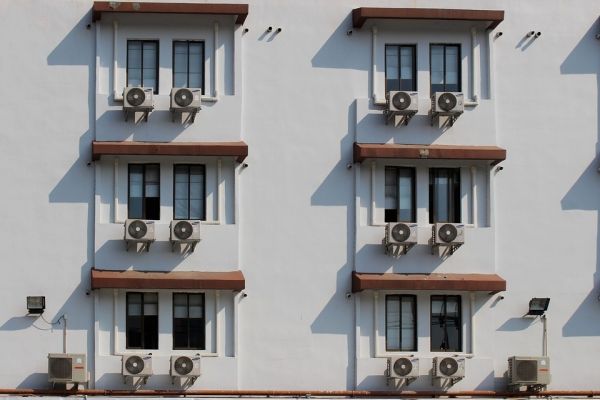Month-on-month, year-on-year, the world continues to experience record high temperatures. In response to this and exacerbated by a growing global population, it is expected that air-conditioning demand will continue to rise. A new IIASA-led study explored the pros and cons of seawater air-conditioning as an alternative cooling solution.
Conventional air-conditioning (AC) is the most common technology used for cooling and represents a considerable share of energy demand in warmer regions. An alternative that is not frequently considered, is seawater air-conditioning (SWAC) - a renewable alternative for cooling that involves pumping seawater from ocean depths of around 700 to 1200 meters and temperatures of 3°C to 5°C to the coast, where it exchanges heat with a district cooling system, and returns the warmer water to the ocean.
According to the study published in the journal Energy Efficiency, just 1 m³ of seawater in a SWAC plant can provide the same cooling energy as that generated by 21 wind turbines or a solar power plant the size of 68 football fields. The researchers developed a computational model and methodology to estimate the cost of cooling with SWAC around the world, and also evaluated the possibility of using this system as an alternative for energy storage from variable renewable energy sources like wind and solar.
The results show that whereas conventional air-conditioning systems require a low initial investment cost but the energy costs to operate them are high, for SWAC systems the opposite is true - while it has a higher initial investment cost, energy costs to operate the system is low.
Read more at International Institute for Applied Systems Analysis
Photo Credit: terimakasih0 via Pixabay


